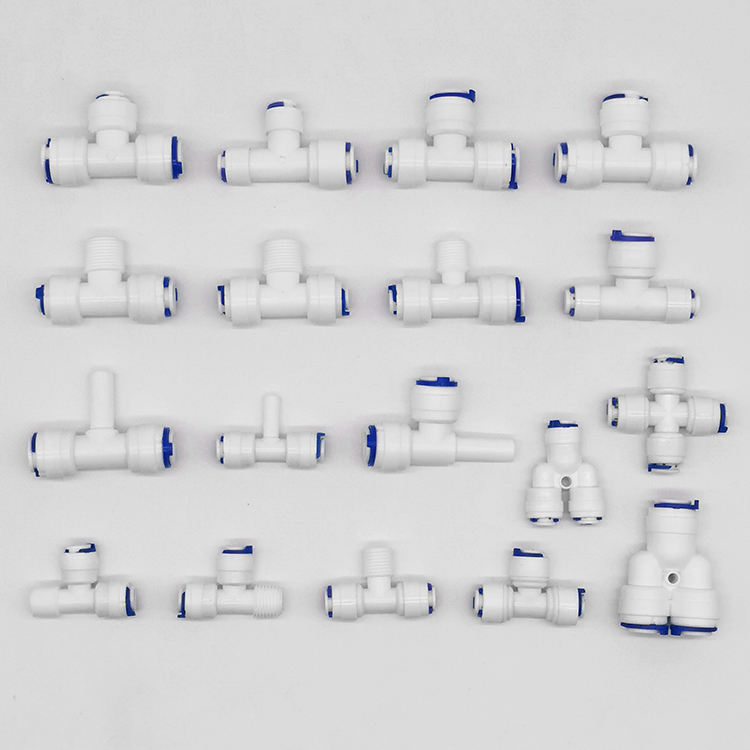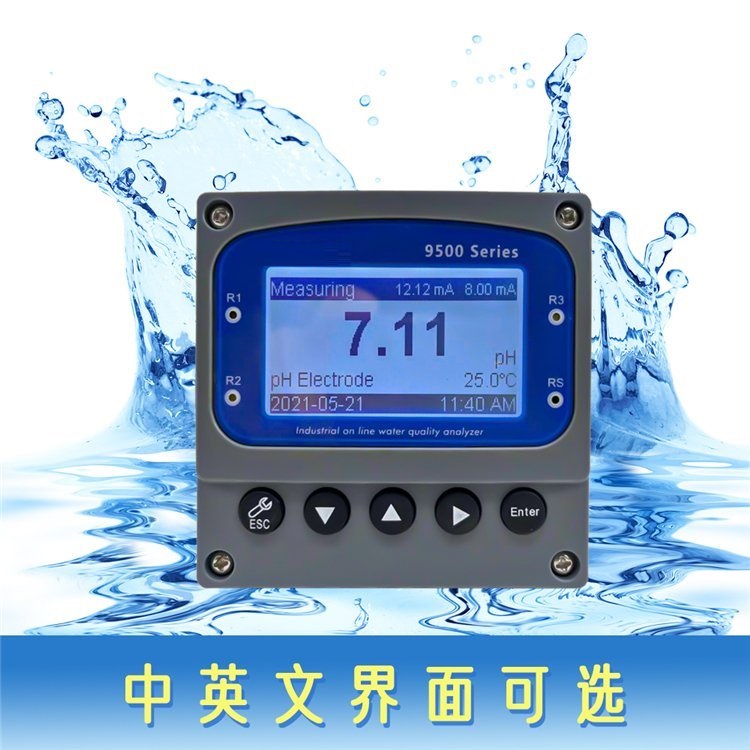“الكلور الحر: حماية المياه النظيفة والصحية.”
أهمية الكلور الحر في عمليات معالجة المياه
إن وجود الكلور الحر في الماء أمر بالغ الأهمية لعدة أسباب. أولاً، يعمل كمطهر قوي، ويقتل بشكل فعال البكتيريا الضارة والفيروسات ومسببات الأمراض الأخرى التي قد تكون موجودة. وهذا مهم بشكل خاص في المناطق التي قد تكون فيها مصادر المياه ملوثة بالبراز أو الملوثات الأخرى.ثانيًا، يساعد الكلور الحر في الحفاظ على بقايا المطهر في نظام توزيع المياه. يعد هذا المطهر المتبقي ضروريًا لمنع نمو البكتيريا والكائنات الحية الدقيقة الأخرى أثناء انتقال المياه عبر الأنابيب ووصولها إلى الصنابير. وبدون الكلور الحر، يمكن أن تتكاثر هذه الكائنات وتشكل خطراً على الصحة العامة.علاوة على ذلك، يلعب الكلور الحر دوراً في التحكم في تكوين منتجات التطهير الثانوية (DBPs). عندما يتفاعل الكلور مع المواد العضوية في الماء، فإنه يمكن أن يشكل DBPs مثل ثلاثي الهالوميثان (THMs) وأحماض الهالوسيتيك (HAAs). وقد تم ربط هذه المنتجات الثانوية بآثار صحية ضارة، بما في ذلك زيادة خطر الإصابة بالسرطان. من خلال الحفاظ على مستوى مناسب من الكلور الحر، يمكن لمحطات معالجة المياه تقليل تكوين هذه المركبات الضارة.من المهم ملاحظة أنه على الرغم من أن الكلور الحر ضروري لمعالجة المياه، إلا أن المستويات الزائدة يمكن أن تكون مشكلة أيضًا. يمكن أن تؤدي المستويات العالية من الكلور الحر إلى طعم ورائحة كريهة في الماء، بالإضافة إلى تهيج العينين والجلد. ولذلك، تقوم محطات معالجة المياه بمراقبة مستويات الكلور الحر والتحكم فيها بعناية للتأكد من بقائها ضمن النطاق الموصى به.بالإضافة إلى دوره في التطهير، يعمل الكلور الحر أيضًا كمؤشر لجودة المياه. يشير وجود الكلور الحر إلى أن عملية معالجة المياه تعمل بشكل فعال على إزالة الملوثات وتوفير إمدادات مياه آمنة. لذلك يعد الاختبار المنتظم لمستويات الكلور الحر أمرًا بالغ الأهمية لضمان الفعالية المستمرة لعمليات معالجة المياه.في الختام، يعد الكلور الحر عنصرًا حاسمًا في عمليات معالجة المياه. وهو يعمل كمطهر قوي، ويساعد في الحفاظ على المطهر المتبقي في نظام التوزيع، ويتحكم في تكوين منتجات التطهير الثانوية. ومع ذلك، من المهم تحقيق التوازن والتأكد من بقاء مستويات الكلور الحر ضمن النطاق الموصى به لتجنب أي آثار ضارة. يعد الرصد والاختبار المنتظم لمستويات الكلور الحر أمرًا ضروريًا لضمان سلامة وجودة مياه الشرب لدينا. The presence of free chlorine in water is crucial for several reasons. Firstly, it acts as a powerful disinfectant, effectively killing harmful bacteria, viruses, and other pathogens that may be present. This is especially important in areas where water sources may be contaminated with fecal matter or other pollutants.Secondly, free chlorine helps to maintain a residual disinfectant in the water distribution system. This residual disinfectant is necessary to prevent the growth of bacteria and other microorganisms as the water travels through pipes and reaches our taps. Without free chlorine, these organisms could multiply and pose a risk to public health.Furthermore, free chlorine plays a role in controlling the formation of disinfection byproducts (DBPs). When chlorine reacts with organic matter in water, it can form DBPs such as trihalomethanes (THMs) and haloacetic acids (HAAs). These byproducts have been linked to adverse health effects, including an increased risk of cancer. By maintaining an adequate level of free chlorine, water treatment plants can minimize the formation of these harmful compounds.It is important to note that while free chlorine is essential for water treatment, excessive levels can also be problematic. High levels of free chlorine can lead to an unpleasant taste and odor in the water, as well as irritation to the eyes and skin. Therefore, water treatment plants carefully monitor and control the levels of free chlorine to ensure it remains within the recommended range.In addition to its role in disinfection, free chlorine also serves as an indicator of water quality. The presence of free chlorine indicates that the water treatment process is effectively removing contaminants and providing a safe water supply. Regular testing of free chlorine levels is therefore crucial to ensure the ongoing effectiveness of water treatment processes.In conclusion, free chlorine is a critical component of water treatment processes. It acts as a powerful disinfectant, helps to maintain a residual disinfectant in the distribution system, and controls the formation of disinfection byproducts. However, it is important to strike a balance and ensure that free chlorine levels remain within the recommended range to avoid any adverse effects. Regular monitoring and testing of free chlorine levels are essential to ensure the safety and quality of our drinking water.
The presence of free chlorine in water is crucial for several reasons. Firstly, it acts as a powerful disinfectant, effectively killing harmful bacteria, viruses, and other pathogens that may be present. This is especially important in areas where water sources may be contaminated with fecal matter or other pollutants.Secondly, free chlorine helps to maintain a residual disinfectant in the water distribution system. This residual disinfectant is necessary to prevent the growth of bacteria and other microorganisms as the water travels through pipes and reaches our taps. Without free chlorine, these organisms could multiply and pose a risk to public health.Furthermore, free chlorine plays a role in controlling the formation of disinfection byproducts (DBPs). When chlorine reacts with organic matter in water, it can form DBPs such as trihalomethanes (THMs) and haloacetic acids (HAAs). These byproducts have been linked to adverse health effects, including an increased risk of cancer. By maintaining an adequate level of free chlorine, water treatment plants can minimize the formation of these harmful compounds.It is important to note that while free chlorine is essential for water treatment, excessive levels can also be problematic. High levels of free chlorine can lead to an unpleasant taste and odor in the water, as well as irritation to the eyes and skin. Therefore, water treatment plants carefully monitor and control the levels of free chlorine to ensure it remains within the recommended range.In addition to its role in disinfection, free chlorine also serves as an indicator of water quality. The presence of free chlorine indicates that the water treatment process is effectively removing contaminants and providing a safe water supply. Regular testing of free chlorine levels is therefore crucial to ensure the ongoing effectiveness of water treatment processes.In conclusion, free chlorine is a critical component of water treatment processes. It acts as a powerful disinfectant, helps to maintain a residual disinfectant in the distribution system, and controls the formation of disinfection byproducts. However, it is important to strike a balance and ensure that free chlorine levels remain within the recommended range to avoid any adverse effects. Regular monitoring and testing of free chlorine levels are essential to ensure the safety and quality of our drinking water.






